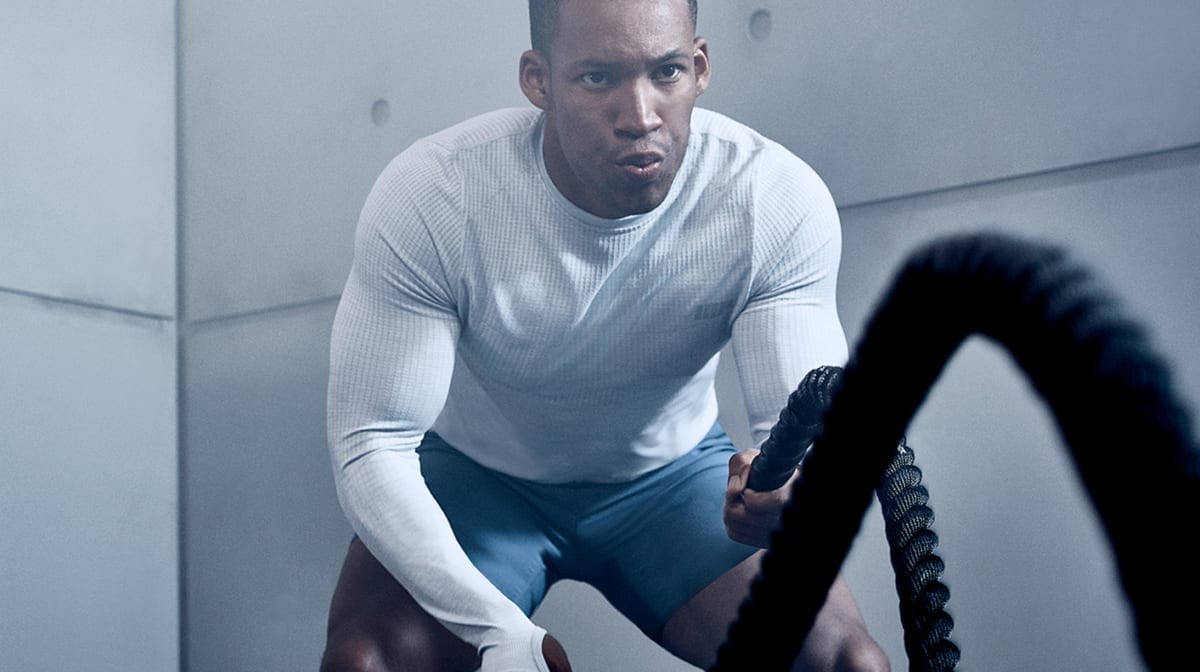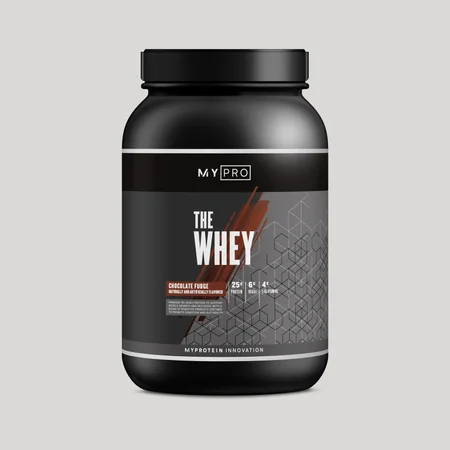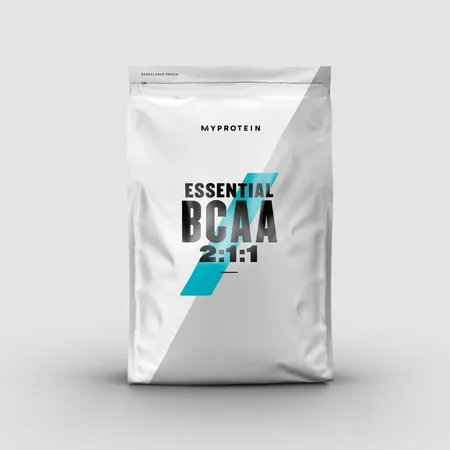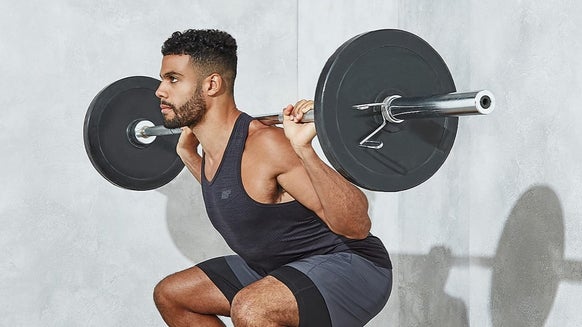Warming Up Properly For Different Types of Training | HIIT, LISS & Weightlifting

Going to the gym is a way for individuals to feel better, look better, and perform better. Fitness is a way of life as well as a way to achieve new goals. Sad stories are told or seen from small seemingly funny video clips on the web of people getting hurt and humiliating themselves. The gym should not be a place where your goals are abandoned or shut down because of an injury or fooling around. Being smart and warming up properly is one way to prevent further problems from occurring in the gym. Today, we will be discussing how to properly warm up when performing low-intensity cardio, lifting, or high intensity interval training (HIIT).
The Warm Ups
Here are a variety of warm ups that can be used in general. After describing the various kinds and understanding what they are, it will become more clear which should be used for which workouts and why. It is important to do a variety of the movements within each warm up to gain the most results out of them.
Moving Warm-up: This can include walking, jumping jacks or simply lightly doing jumping rope. Walking is a great way to get your body warm and ready to perform a workout. Lightly walk for a few minutes or add in about 20 jumping jacks to get your body ready for exercise.
Dynamic Stretching: Many are against static stretching (standing still and stretching your muscles) when warming up for exercise. Dynamic stretching is a stretch that you do not hold, but rather, keep performing to loosen your muscles. Dynamic Stretching can include:
- Butt Kicks: While moving forward, continuously hit the back of your heels to your butt. Continue this process for about 20 yards.
- Front Kicks: Kick one foot at a time straight up in front of you and use your opposite hand to touch your toe. It should look like you are kicking a ball. Repeat this 10-20 times each leg.
- Lunge and Twist: Lunge forward. At the bottom of the lunge, twist your body to the right and then to the left. Repeat on the other leg. Perform this stretch for about 10-20 seconds.
- Walking Knee-Tucks: For about 20 yards, step forward and bring one leg up. Grab your arms around your knee and tuck it up into your chest. You should feel a stretch in your glutes. Hold for a second and repeat with the other leg.
Mobility: Performing mobility work can greatly help you with your workouts. This is very similar to dynamic stretching but focuses on how mobile your muscles are in regards to how easily you can perform a range a motion freely without strain. These types of movements prevent injury and help your joints and tendons from getting damaged. There are many different types of mobility to do, but here are some examples:
- Arm Circles: Swing your arms in a circular motion and really feel the shoulders turning. Do 20 times forward and 20 backwards. This will loosen the shoulders and prevent injury
- Side Leg Swings: Hold onto something in front of you and swing one leg inwards and then high up to the outside of your body. Feel the stretch in your hips at the top and bring down quickly through your body. Do this about 15 times per leg. This will really help your hips and get them ready for exercise.
- Squat stretch: Get into a squat while holding onto something. Rock your body from side to side and really try to open up your hips.
Foam Rolling: This is also known as self-myofascial release. What foam rolling does is relieve the pain of tight muscles and thus loosen them up and aiding them in recovery. Foam rolling can be done with a foam roller, a lacrosse ball, and many other useful gadgets.
Now that you are familiar with a few types of warm ups, let’s see how it plays out with these types of exercises.
Low-Intensity Cardio
Low-intensity cardio can be described as performing a cardiovascular exercise for a period of time that is not very strenuous on the body. These types of workouts can include walking, jogging, swimming, cycling, or even yoga. Essentially, you are keeping a low-heart rate as you perform these exercises.
This type of cardio is already low impact and not as strenuous as other work outs, so not that much warm-up may be necessary for this type of exercise. Many even use low-intensity cardio to warm up for either lifting or other exercises. But for keeping things safe, it would be preferred to get your muscles lose and thus, beneficial to warm up.
Performing a moving warm up or a dynamic stretch should be just enough to execute this form of cardio. Remember, depending what kind of exercise you are doing for low-intensity cardio can determine the type of warmup. For a simple incline walk workout, here is an example warmup:
- 40 Jumping Jacks
- 20 Butt Kicks
- 20 Front Kicks
- 2 Minute Light Walk
Weightlifting
In regards to warming up for lifting weights, it is crucial and very important to do so you can prevent multiple kinds of injuries that can occur. Getting your muscles, joints, and tendons ready for a weight training session is necessary to also get the best workout in regards to functionality and mobility.
Many use low-intensity cardio to warm up for lifting. Although this is a great way to warm up, it is also important to utilize a lot more for warming up for this specific exercise because you are engaging more muscles and utilizing your range of motion more than low-intensity cardio. Using all forms of these warm ups will definitely help your lifting sessions and decrease your chances of injury.
It is important to take into consideration what you are working out. If you are performing legs, it would be best to focus on dynamic stretching, hip mobility, and a moving warm up. If working on upper body, it would be important to work on shoulder mobility exercises and a moving warm up. Also, which many individuals do not do, is use foam rolling as a technique to relieve your upper body. Many think foam rolling is only for the legs, but this is absolutely not true. Lacrosse balls are great for getting rid of knots in your back and shoulders.
Here is a great lower-body warm up:
- 10 Minute Bicycle
- 20 Butt Kicks
- 20 Front Kicks
- 20 Walking Knee Tucks
- Squat Stretch
- Foam roll as needed
Next, is an upper-body warm up:
- 10 Minute Bicycle
- 20 Arm Circles Each Direction
- 50 Jumping Jacks
- 20 Shrugs
After performing these warm ups, it is also important to warm up with weights as well. Do not jump to a high amount of weight quickly because you want your muscles to get blood in them and ready to be able to handle more weight. This is extremely important to do to prevent injury. 2-3 warm up sets of light weight on the exercise you are performing is recommended.
High-Intensity Interval Training (HIIT)
This type of training can be very strenuous on the body. High-intensity interval training is the act of going all out on a exercise for a certain amount of time and then either completely resting or performing a less intense activity to give you rest. This type of training would include sprinting for 30 seconds and then walking for 30 seconds for a certain number of rounds.
Since you are exerting an excruciating amount of energy performing this type of training, it is a highly recommended that you warm up efficiently to give your body preparation for the workout. Here is an example of what you could do to warm up:
- 20 Arm Circles
- 50 Jumping Jacks
- 20 Butt Kicks
- 20 Front Kicks
- 20 Walking Knee Tucks
- 10 Leg Swings
- 10 Lunge and Twist
This should be adequate for you to be ready to get some intense training done! Being warm and loose for HIIT will be crucial to maximize performance and prevent injury.
Take-Home Message
Warming up is very important to prevent injury as well as have better workouts. Being safe and doing some type will definitely decrease your chances tremendously of having issues. All of the work and effort you have put into training should not have to go to waste because of a dumb injury. Injury can last days, months, or weeks, while warming up only takes up a very small fraction of your time. So warm up, be smart, and be safe!











